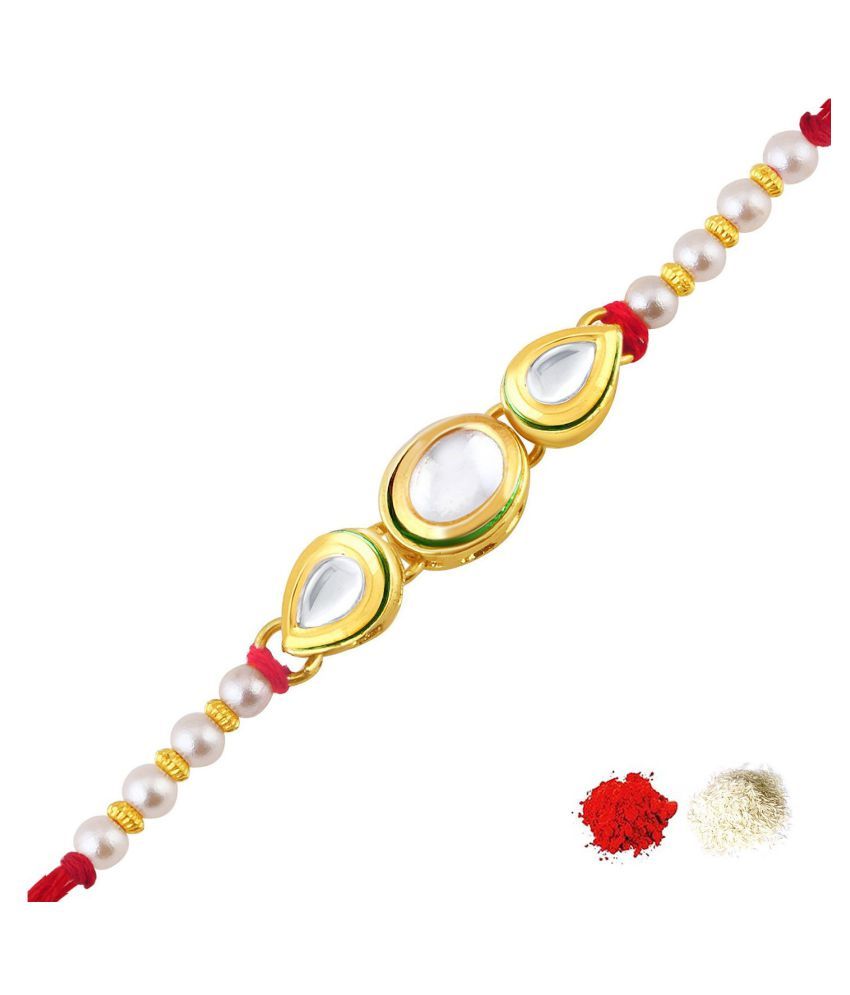

He began to diversify revenue streams and continued to be a visionary, just as his grandfather was before him.īy 2004, Dennis had re-invented Astro Gallery from a retail gallery to a worldwide mineralogical powerhouse - advising and curating top collections and museums, running a vibrant online business, participating in mining investments and other related businesses. During this time, the gallery grew into a staple of New York Natural History and began to be known as the "World's Largest Gallery of Gems and Minerals".ĭennis succeeded his father as president of the company in 1996 and has been running all aspects of the operation since then. His passion for minerals was already ossified by his teenage years, when he began to take a more formal role at Astro, working summers and weekends in the gallery, learning all aspects of the business and demonstrating a keen ability to absorb the more than forty years of mineralogical business experience his grandfather had accumulated.īy 1992, the Tanjeloff's moved into 185 Madison Avenue, a 6,000 square foot, bi-level fine mineral gallery, located across the street from the "iconic" Empire State Building. Their travels also took them to inspect the numerous exhibitions and retail stores operated by Astro Minerals around the country, where Dennis and his grandfather would check in on staff and operations.
#Rakhi gems nyc full#
His grandson, Dennis, who had worked closely in the family business since a very young age, had joined full time to help run the company with his father.ĭennis had been involved in the family business since the age of four, when his grandfather began to bring the young Dennis with him around the world finding, buying, and selling minerals, gems, fossils, and related objects of art for the company. In 1988, Julio unexpectedly passed away of a sudden heart attack. Over-extension and financial problems forced Julio to eventually pare everything down to his core business - gems and minerals. Julio also expanded his business streams, acquiring George Jensen boutiques, Cartier Wholesale Division, Mark Cross Ltd Wholesale, Klein’s department Store and Blum’s Department Store.ĭuring this period, the total business was generating more than $35 million in annual sales as well as employing of 400 workers. It wasn’t until 2008, when the mineralogical record was amended to include the lesser known name, Tanjeloffite, as an official name of the stone, that Tanjeloff was properly honored.ĭespite the dispute with Tiffany’s, business continued to grow growing from just one store to an empire of over twenty Astro Gallery retail outlets in various department stores across the country. In a famous dispute with retailer Tiffany & Company, rather than use the name Tanjeloffite for the stone, Tiffany & Company marketed the rock under the moniker Tanzanite. Calling his new find Tanjeloffite, Julio proudly displayed his eponymous rock for sale throughout his stores. Though Mineral Digest ran for only eight widely spaced issues, it still ranks as the most extravagant mineral periodical of all time and is credited with teaching the public much about the lore and legend of minerals.Īround 1967, gem grade blue zoisiste was discovered in Tanzania, and Julio was the first person to bring the crystal into the United States. This award winning publication captivated serious collectors and amateur mineralogists alike. It's bold colors, heavy enamel-coated paper, rich illustrations and reinforced bindings made it the most extravagantly lavish mineral magazine in history. At it's time, The Mineral Digest was unlike any other retail magazine. In 1970, Julio Tanjeloff began publishing Mineral Digest to initially promote and educate the public on gems, minerals and his overall business ventures.

The operation quickly grew into a stunningly lavish 16,000 square foot establishment that drew mineral collectors, gem collectors, celebrities, politicians, interior decorators, architects, and designers. In this vision, he opened the spectacular Astro Gallery of Gems and Minerals in 1963. Having become infatuated by minerals, he truly believed a market could exist for high-end collectible specimens with which affluent customers could adorn their homes and offices. Its founder, Julio Tanjeloff, was a successful businessman in Buenos Aires, Argentina, amassing a huge fortune in construction and mining (lead and ornamental rhodochrosite) before his properties were expropriated by the Peron regime during the 1950’s.īy 1961, Julio had emigrated to New York City with his family to start to rebuild the empire he left behind in Argentina. Astro Gallery of Gems has been family owned and operated since its founding in 1961.


 0 kommentar(er)
0 kommentar(er)
